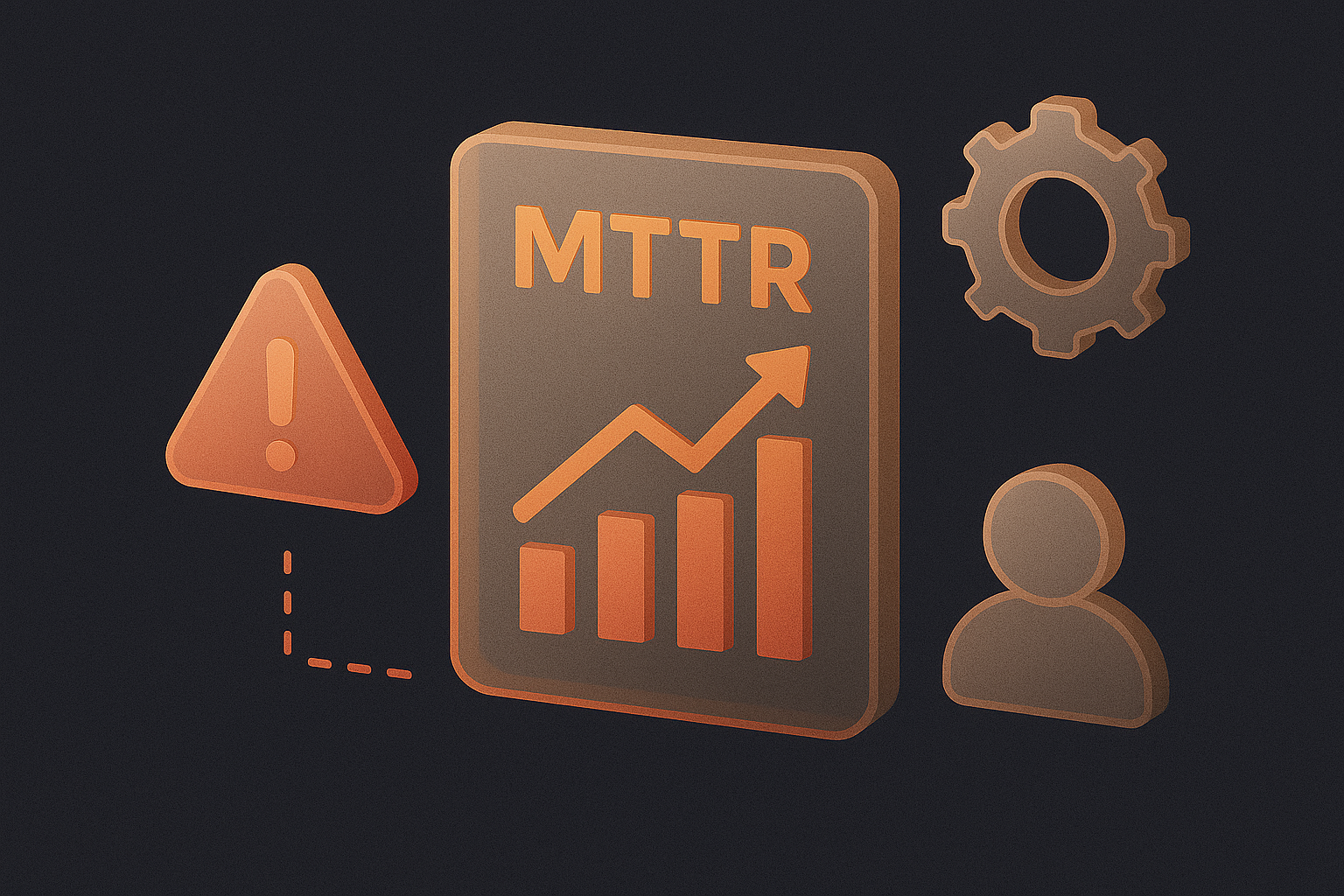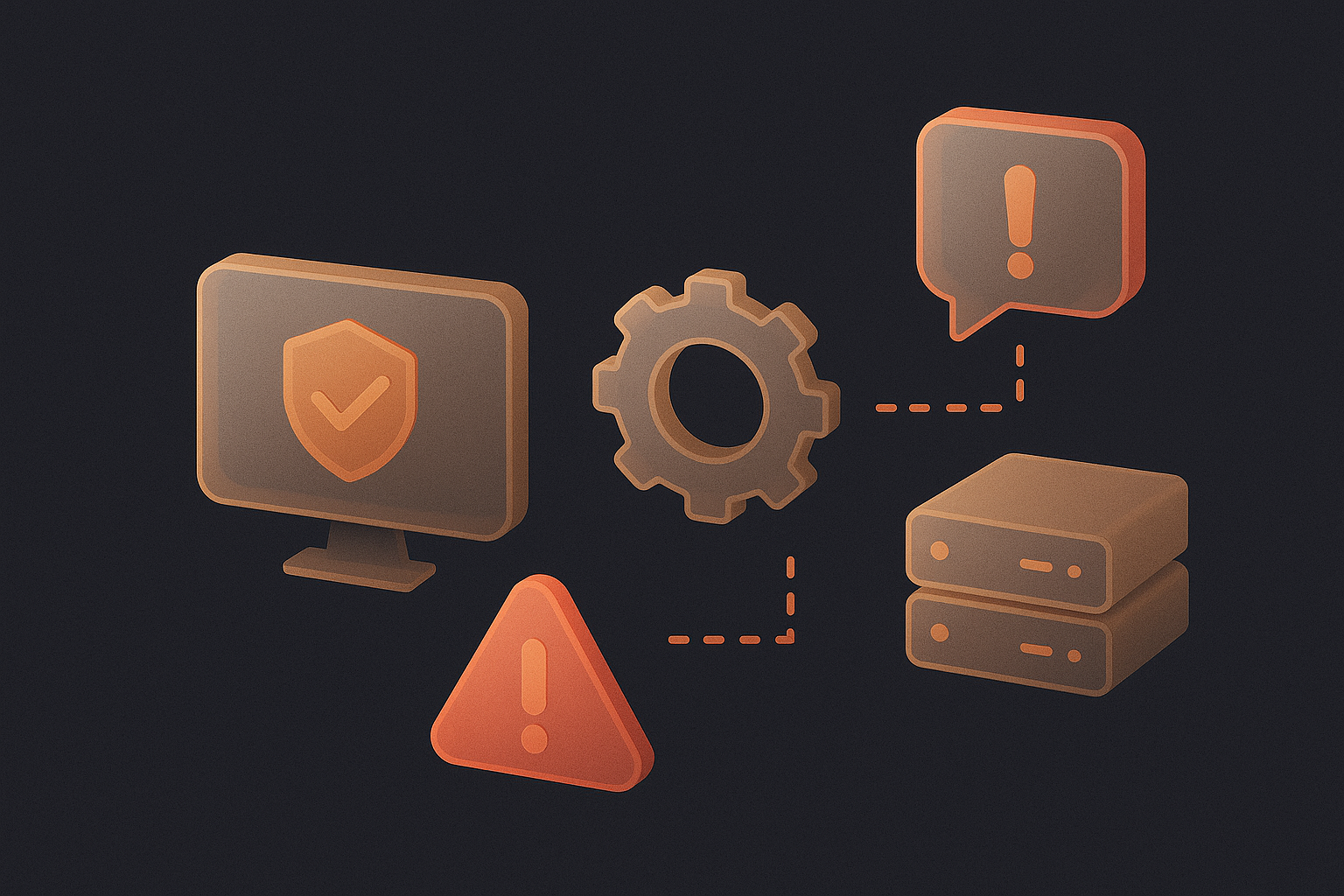Mobile Device Management is a set of tools that facilitates organizations to work towards security while maintaining agility.
Mobile Device Management and BYOD (Bring Your Own Device)
What is Mobile Device Management?
Mobile Device Management is a set of tools that facilitates organizations to work toward security while maintaining agility. It lets you monitor and enforce policies on devices such as mobile phones, laptops, tablets, etc. which are remotely located.
Mobile devices are now used exclusively in businesses. Devices including smartphones, tablets, and laptops are used by businesses and their workforces for a variety of functions. They are now an essential component of most businesses and are crucial tools for productivity and efficiency as remote work has become necessary.
Enterprise mobile devices, however, can pose a security risk if they are lost, stolen, or hacked because they have access to vital corporate data. As a result, IT and security leaders are increasingly required to provision, manage, and secure mobile devices within their various corporate settings due to the growing significance of managing mobile devices.
No matter what kind or operating system a company’s devices use, IT and security departments can manage them all with an advanced MDM platform. An efficient MDM platform keeps all devices secure while preserving the productivity and adaptability of the workforce.
How does Mobile Device Management function?
An MDM server that resides in a data center, either on-premises or in the cloud, and endpoint software known as an MDM agent are required for mobile device management. The MDM server’s management dashboard allows IT managers to set up policies, and the server subsequently pushes those settings wirelessly to the MDM agent on the device. By interacting with application programming interfaces (APIs) that are directly integrated into the operating system of the device, the agent implements the policies to the device.
What is BYOD Mobile Device Management?
Bring your own device (BYOD) became popular because of the consumer smartphone boom. This trend increased interest in MDM.
Employees who “bring their own device” (BYOD) do not utilize company-issued mobile devices for business purposes. It is more difficult to apply enterprise security on a personal mobile device than it is to just provide them. But BYOD is well-liked, particularly among younger employees. This concession is made by businesses to boost productivity and employee satisfaction. Because BYOD eliminates the need to buy additional hardware, it can also lower the cost of operating a mobile workforce.
There are certain difficulties with implementing MDM in a BYOD setting. Users frequently worry about the IT department’s capacity to monitor which programs are downloaded and track their whereabouts using MDM. IT security requirements for corporate apps and data must be balanced with end-user privacy requirements in organizations.



